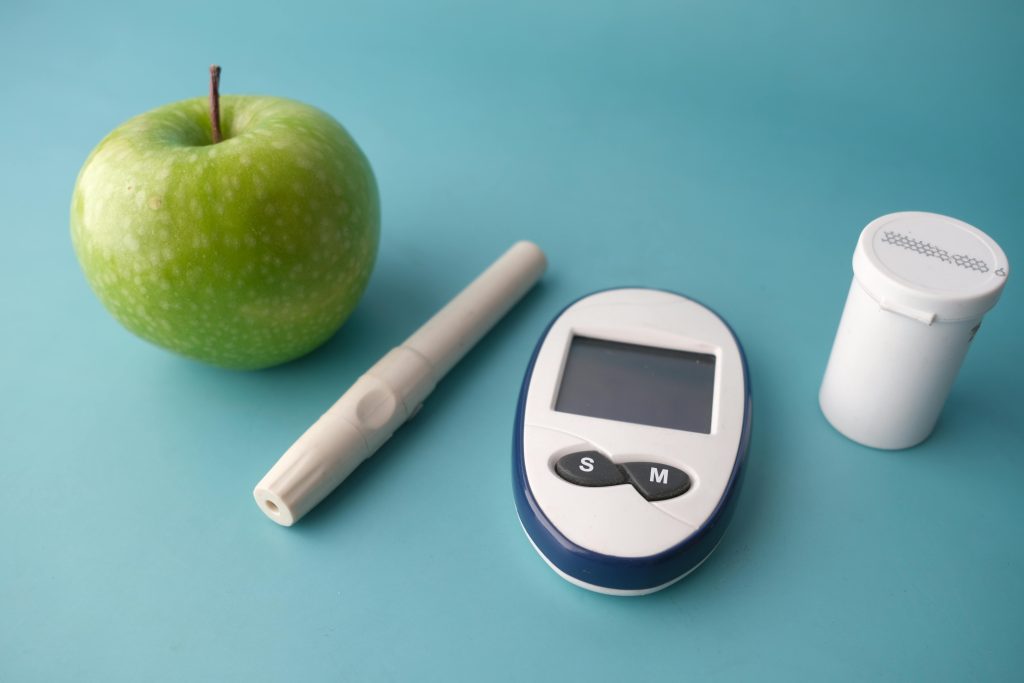
Table of Contents
Introduction
A smart Bluetooth glucometer is an essential and powerful tool for managing blood sugar, but many users frequently make common smart glucometer mistakes that ruin the accuracy of their readings. Unfortunately, even small errors in the testing process can lead to inaccurate results, causing unnecessary stress and mismanaged care. This post reveals the seven most common mistakes users make and provides simple, actionable steps to ensure your readings are always reliable and accurate. Stop guessing and start managing your diabetes effectively!
Mistake 1: Calibrating Errors in Smart Glucometer Use
Many users assume all test strips are ready to go, but failure to properly calibrate your meter, especially when changing test strip batches, is a frequent error. Always match the code number on your new test strip vial with the number displayed on your glucometer. If your model supports automatic coding, simply ensure the strips are stored correctly and not expired for accurate results. Avoiding this calibration for all smart glucometer users to maintain data accuracy. It is vital for all users to prevent this specific smart glucometer mistake to ensure accurate health tracking.
Mistake 2: Incorrect Lancets and Depth (A common Smart Glucometer Mistake)
The wrong lancet size or depth setting can cause pain or produce an insufficient blood sample. Using a shallow setting on thick skin, or deep setting on thin skin, leads to poor results. This is a common smart glucometer mistake that impacts the reliability of your recorded results. Start with a mid-range setting, like 3 or 4, and adjust until you get a full, round drop of blood without needing to squeeze the finger excessively.
Mistake 3: Testing with Unwashed Hands
This is the number one cause of falsely high blood sugar readings. Residual sugar or food particles on your fingers (even from a snack you ate hours ago) can contaminate the sample. Before testing, always wash your hands thoroughly with warm, soapy water and dry them completely. Alcohol wipes are not always sufficient for removing sugar residues. Always prioritize hand hygiene to prevent inaccurate reading when using your smart glucometer. Contaminated hands often lead to this inaccurate smart glucometer mistake, which is easily preventable.
Mistake 4: Not Checking Strip Expiration
An expired strip is one of the most basic smart glucometer mistakes leading to frustration. Test strips are chemically sensitive and degrade over time. Using an expired test strip is guaranteed to give you an inaccurate, often misleading, reading. Get into the habit of checking the expiration date on every new box of strips and disposing of any that have passed their date. Your blood sugar results are only as good as your strips. Ignoring expiration dates is a fundamental oversight in the list of smart glucometer mistakes.
Mistake 5: Too Much or Too Little Blood
Most glucometers require a precise amount of blood. Applying too little blood (underfilling) causes an error code. Squeezing your finger too hard to get more blood (overfilling) can dilute the sample with tissue fluid, leading to an artificially low reading. Let a full, natural drop of blood form on its own before gently touching the strip to it. Understanding the correct blood sample size eliminates a major source of error in smart glucometer readings. Ensuring the proper blood sample size avoids one of the most common physical smart glucometer mistakes.
Mistake 6: Ignoring Extreme Temperatures
Both the meter and the test strips are sensitive to extreme temperatures. Testing blood sugar in a freezing cold or scorching hot environment (like a car dashboard) can drastically skew the results. Always test at room temperature, and ensure your meter and strips are stored in a cool, dry place as recommended by the manufacturer. Failure to consider temperature is a common factor in reporting false readings for smart glucometer mistakes.
Mistake 7: Not Syncing Data Regularly
finally,. the primary benefit of a smart Bluetooth glucometer is its ability to sync data with an app. Neglecting to sync your readings regularly means you lose the ability to track trends, share data with your doctor easily, and utilize the smart insights the device offers. Set a daily reminder to check that the latest reading has successfully synced to your companion app. Neglecting the sync process is a critical oversight when using a modern smart glucometer.
Conclusion
A smart glucometer is your essential partner in health, and avoiding these seven common pitfalls will ensure you get the reliable data needed for proper diabetes management. Accurate readings mean better health decisions. Now that you know the steps to precision, it’s time to ensure you have the best tool for the job. Read our in-depth review of the Best Smart Bluetooth Glucometers to find the perfect device for you.
[This is where you will later link to your main review post]